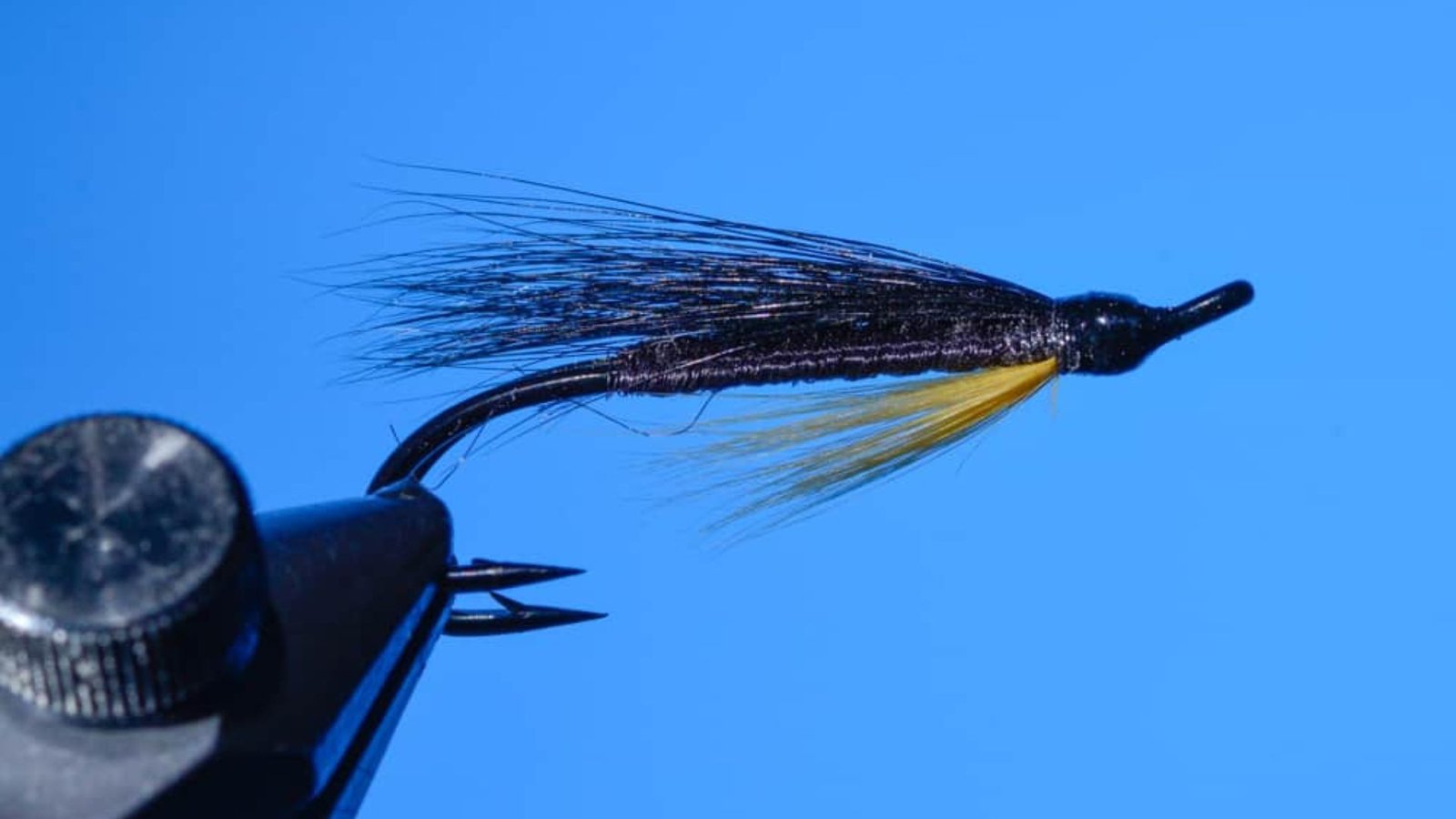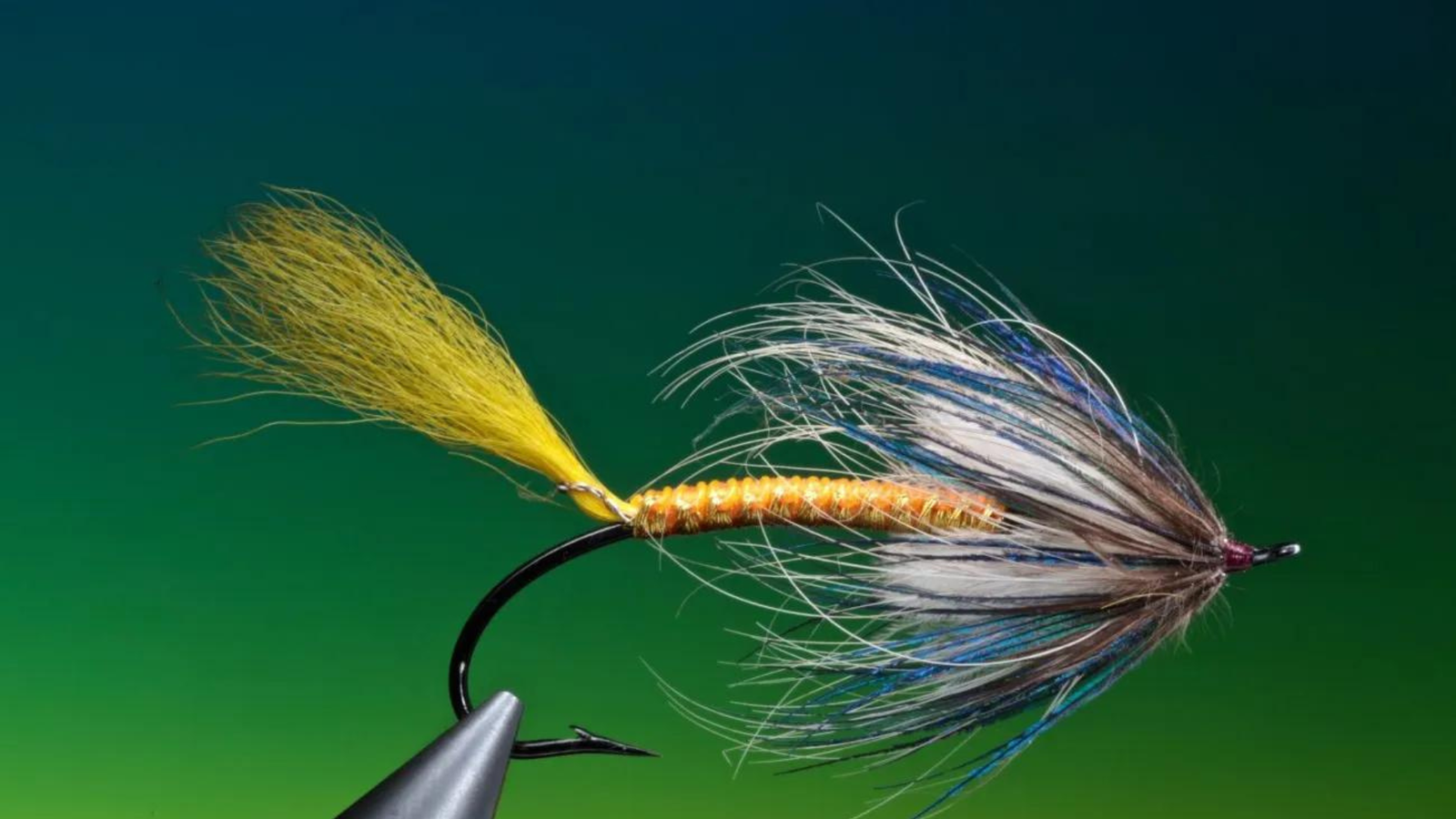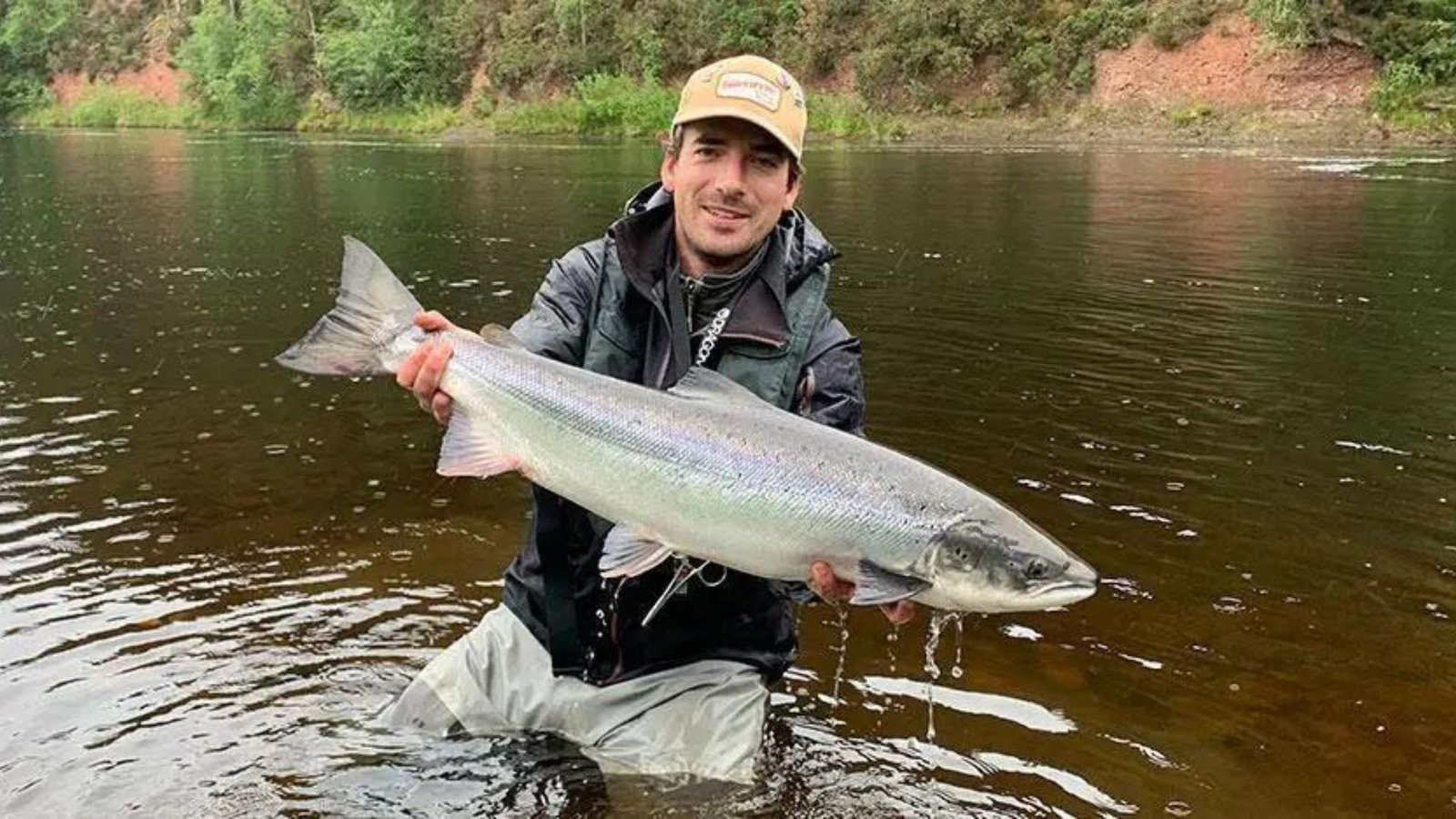Salmon flies come in various types, each designed to attract salmon under different fishing conditions. Knowing the different types of salmon flies and when to use them can significantly improve your chances of a successful catch. This guide will help you understand the various types of salmon flies and their best applications.

Understanding the Different Types of Salmon Flies
1. Dry Flies
Dry flies float on the water’s surface, imitating insects that land on the water. They are highly effective in clear, calm waters where salmon are likely to rise to the surface to feed.
- Best Conditions: Clear, calm waters with visible surface activity.
- Popular Patterns: Bomber, Wulff, and Dry Green Machine.
2. Wet Flies
Wet flies sink below the surface and mimic insects or small fish swimming underwater. They are versatile and can be used in various water conditions, making them a staple in any angler’s fly box.
- Best Conditions: Murky or choppy waters where salmon are feeding below the surface.
- Popular Patterns: Green Highlander, Jock Scott, and Silver Doctor.
3. Streamers
Streamers imitate small fish, leeches, or other aquatic creatures that salmon prey on. These flies are usually larger and designed to move through the water, attracting salmon with their motion.
- Best Conditions: Fast-moving waters or when salmon are actively hunting prey.
- Popular Patterns: Mickey Finn, Black Ghost, and Thunder Creek.
4. Spey Flies
Spey flies are traditional salmon flies with a long, flowing hackle. They are often used in Spey casting, a technique that allows anglers to cast long distances with minimal backcasting space.
- Best Conditions: Wide rivers where long casts are needed.
- Popular Patterns: Lady Caroline, Spey Dog, and Purple King.
5. Tube Flies
Tube flies are tied on a tube rather than a hook, allowing the angler to thread the leader through the tube and attach a hook at the end. This design offers flexibility and reduces the risk of losing the fly during a catch.
- Best Conditions: Varied water conditions where durability and versatility are needed.
- Popular Patterns: Willie Gunn, Temple Dog, and Sunray Shadow.
6. Nymphs
Nymphs imitate the immature stages of aquatic insects. They are typically fished near the bottom and can be highly effective when salmon are not actively feeding on the surface.
- Best Conditions: Deep pools or runs where salmon are likely to rest.
- Popular Patterns: Stonefly Nymph, Hare’s Ear, and Pheasant Tail.
7. Shrimp and Prawn Flies
Shrimp and prawn flies mimic the appearance of these crustaceans, which are a natural part of a salmon’s diet. These flies are especially effective in saltwater or brackish water environments.
- Best Conditions: Estuaries and coastal waters where salmon encounter shrimp and prawns.
- Popular Patterns: General Practitioner, Ally’s Shrimp, and Orange Shrimp.
8. Intruder Flies
Intruder flies are large, colorful flies designed to provoke an aggressive response from salmon. They are tied with a combination of materials that create a pulsating action in the water.
- Best Conditions: Murky or high waters where visibility is low.
- Popular Patterns: Blue Intruder, Pink Intruder, and Black Intruder.
Choosing the Right Fly
Selecting the right fly depends on several factors, including water conditions, time of year, and the behavior of the salmon. Here are some tips to help you choose the best fly:
- Observe the Water: Pay attention to the water conditions and the presence of insects or small fish.
- Match the Hatch: Choose flies that resemble the natural prey in the area.
- Experiment: Don’t be afraid to switch flies if one pattern isn’t working. Sometimes, a different color or size can make a big difference.
- Use Local Knowledge: Talk to local anglers or visit nearby fly shops to get insights into the best patterns for the area.
Conclusion
Understanding the different types of salmon flies and their best uses can significantly enhance your fishing experience. By familiarizing yourself with dry flies, wet flies, streamers, Spey flies, tube flies, nymphs, shrimp and prawn flies, and intruder flies, you’ll be better equipped to select the right fly for any situation. Remember, successful fly fishing often involves a combination of knowledge, observation, and experimentation. So, keep learning, stay patient, and enjoy the art of salmon fly fishing.




